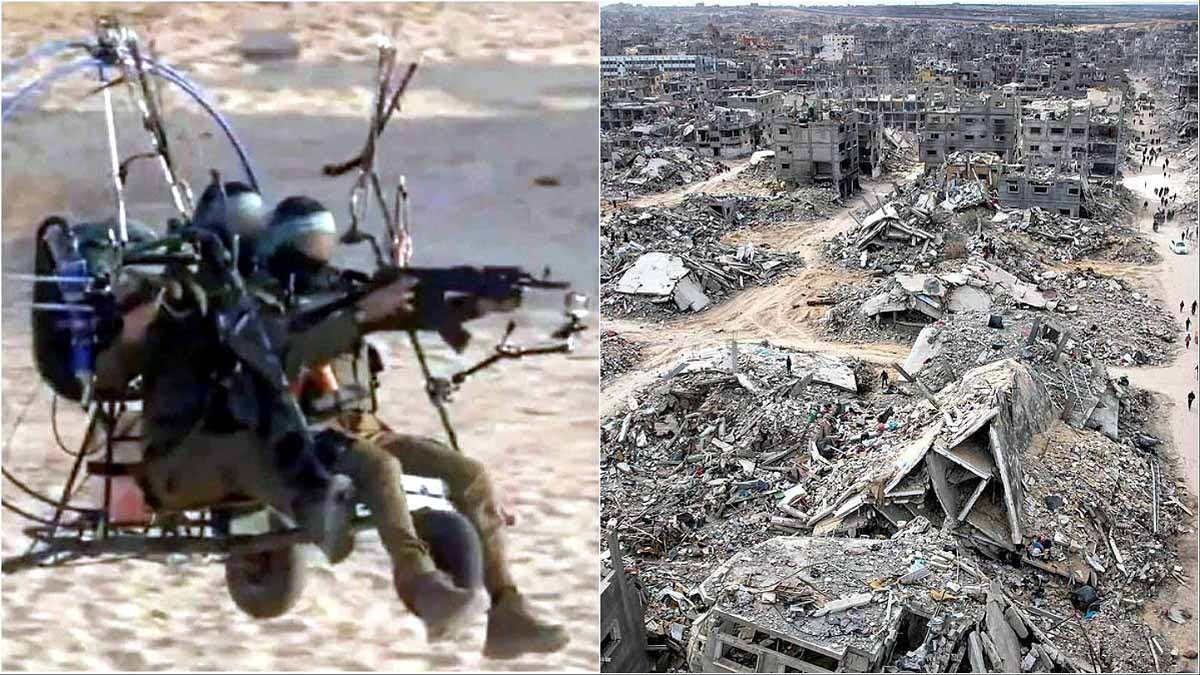India is rapidly advancing in the hypersonic weapons race. The Defence Research and Development Organization (DRDO) is preparing to test a new generation missile named 'Dhvani'. This missile will fly at an astonishing speed of approximately 7,400 kilometers per hour, surpassing the range and speed of the India-Russia BrahMos missile. The inaugural demonstration test may occur by the end of 2025, reinforcing India's swift strike capabilities.
'Dhvani' is rooted in DRDO's Hypersonic Technology Demonstrator Vehicle (HSTDV) program. Having successfully tested the scramjet engine in 2020, the 'Dhvani' operates as a Hypersonic Glide Vehicle (HGV), launched to high altitudes by ballistic boosters before gliding through the air.
Paving the way for 'Dhvani', this milestone marked a leap in India's propulsion technology.
Speed & Distance: Travels at six times the speed of sound, reducing enemy response time drastically.
Applications: Suitable for tactical and strategic strikes, ensuring precise attacks deep within enemy territory.
Progress: DRDO recently achieved prolonged scramjet testing, a significant step for hypersonic propulsion.
This missile can be launched from air, sea, and land, covering up to 1,500 kilometers. Developed by the Aeronautical Research and Development Centre (ARDC) and Defence Metallurgical Research Laboratory (DMRL), it features heat-resistant ceramics and coatings to withstand extreme temperatures.

Source: aajtak
BrahMos, the joint India-Russia missile, strikes at Mach 3 (3704 km/hr) over 290-600 kilometers. Utilizing platforms like the Su-30MKI aircraft and INS Vikrant ships, BrahMos compares to a 'scalpel' due to its precision. In contrast, 'Dhvani', a 'shadow', reaches above Mach 5, striking distant targets within ten minutes.
BrahMos is a 'scalpel', but 'Dhvani' is a 'shadow' – unseen until it's too late.
'Dhvani's gliding path is irregular, evading radar. BrahMos's ramjet profile is easier to track.
More infiltrative against air defenses like the S-400.
DRDO scientist states, while BrahMos targets precisely, 'Dhvani' remains invisible until impact.
If 'Dhvani' succeeds, India joins an elite group with the U.S., Russia, and China, complicating enemy counteractions and shifting modern warfare dynamics. Even as Pakistan establishes new terror bases near the Afghan border, they remain within 'Dhvani's' range.
China's DF-17 and Russia's Avangard challenge 'Dhvani', which fortifies India's defense. With rising tensions across the Line of Actual Control (LAC) and the Indian Ocean, 'Dhvani' offers India 'Prompt Global Strike' capabilities, extendable via the AMCA fighter or Agni-VI booster.
The 2025 test will take place from a coastal launch site, assessing the airframe and guidance system. By 2027, strategic forces command user trials will occur, potentially operational by 2029-30 as part of 'Make in India'.
Over 80% indigenous content – components include Vikram Sarabhai Space Centre's solid fuel boosters and Research Centre Imarat's seekers. A fund of 25,000 crore rupees supports hypersonic R&D, prioritized by the Cabinet Committee on Security (CCS) with a 12% hike in the defense budget.




